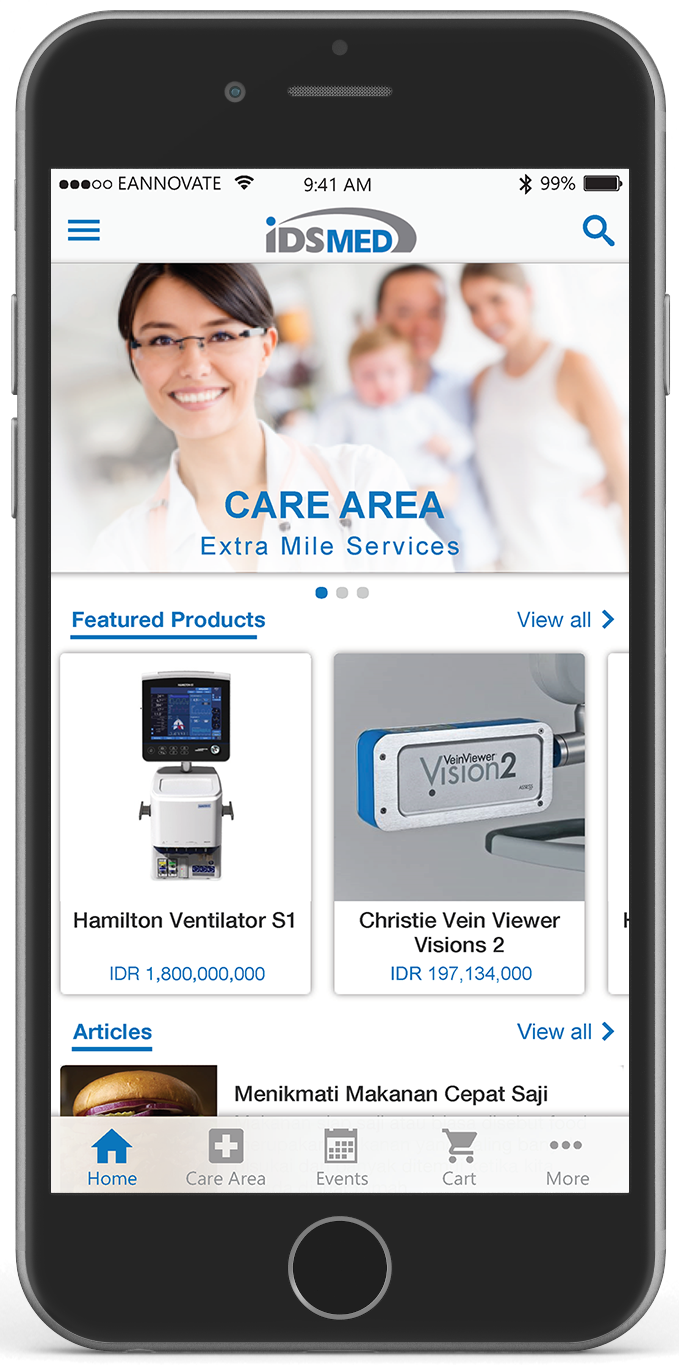In these past few years, Retinopathy of Prematurity in Indonesia has increased in numbers. Retinopathy of Prematurity (ROP) is a disorder of the developing retinal blood vessels of the premature infants, potentially leading to blindness. Allegedly, there are several factors which cause ROP beside premature birth, such as heavy infection, repeated blood transfusion, asphyxiation (the state of being deprived of oxygen), and unsupervised oxygen therapy.
It is very important that health experts know whom and when to screen for ROP in premature infants. On the basis information published thus far, infants with a
birth weight of 1.5 kilos or less or with
a gestational age of 28 weeks or less, as well as
selected infants between 1.5 and 2 kilos with an unstable clinical course should be screened. One examination is enough only if it undoubtedly shows the retina to be fully vascularized mutually.

Examination should be performed by an ophthalmologist skilled in the identification of ROP including location and staging as described in the International Classification of Retinopathy of Prematurity. Normally, the first examination should be performed between 4 and 6 weeks of chronologic age or within the 31st to 33rd week of postconceptional or postmenstrual age, whichever is later, as determined by the infant’s attending pediatrician or neonatologist. The initial screening examination and subsequent examinations should be calculated to allow enough time for treatment.
Treatment of ROP is based on the principle of retinal ablation. Treatment is directed to the avascular part of the retina with the goal of decreasing the production of angiogenic growth factors. The effectiveness of cryotherapy and laser photocoagulation (the preferred treatment method) in reducing poor visual and structural outcomes of eyes with threshold ROP is well established.
Retinal ablative therapy should be considered for high-risk pre-threshold ROP:

Retinal ablative therapy should be performed for threshold ROP. Treatment should be performed within 72 hours of examination.
However, despite treatment, the incidence of unfavorable outcome for these infants remains significant. Results of the Early Treatment for Retinopathy of Prematurity (ETROP) randomized trial have shown that treatment of eyes with high-risk pre-threshold ROP further reduced unfavorable visual acuity and structural outcomes. These infants require long-term ophthalmological follow-up.
Regardless of whether infants at risk develop ROP requiring treatment, pediatricians and other physicians who care for infants who have had ROP should be aware that these infants are at risk for other seemingly unrelated visual disorders, such as strabismus, amblyopia, high refractive errors, cataract, and so forth. Ophthalmologic follow-up for these potential problems after discharge from the NICU is indicated within 4 to 6 months after discharge.
References:













